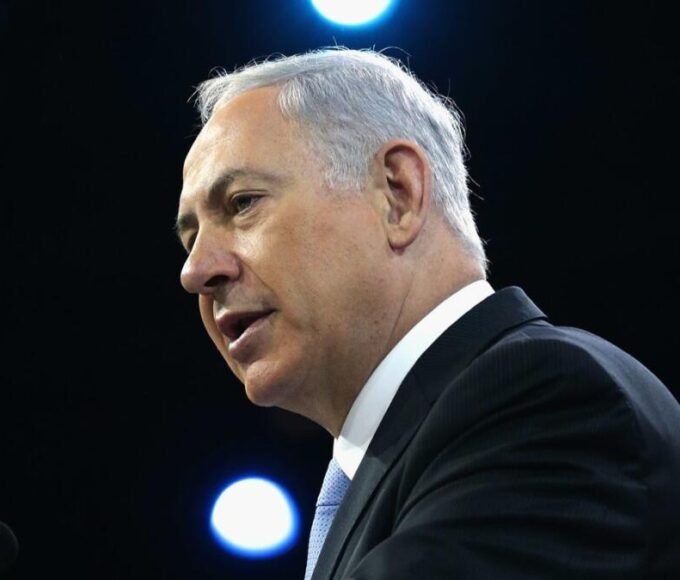Table of Contents
A Test of Strength in a Shifting World
When President Donald Trump doubled down on his tariff war against Indian imports, many in the world expected anxiety, disruption, and possible setbacks for Asia’s fastest-growing economy. With a stunning 50% tariff imposed on a broad range of Indian goods—citing reasons from geopolitical tensions to energy policy—India’s exporters, policymakers, and business leaders found themselves thrust into a challenging, high-stakes environment.
Yet, as the dust settled, something remarkable became clear: India did not shudder. The nation responded not with panic or retreat, but with a new level of confidence—borne out of economic shifts, strategic resilience, and a deeper understanding of its own strengths in the global marketplace.
Understanding the Tariffs: What Changed?
The Trump administration’s latest move made headlines across both shores. Initial tariffs had already posed problems for Indian goods—from textiles to shrimp and machinery. But the recent escalation to a full 50% duty covered nearly half of India’s exports, triggering concern for manufacturers, farmers, and exporters who rely on access to American consumers.
The underlying causes were complex. India’s continued purchase of Russian oil, its efforts to maintain energy security, and its refusal to bow to external pressures made the country a target for secondary sanctions. Other nations were watching, but India uniquely faced some of the steepest tariff walls in US history.
Economic Diversification: Reducing Reliance On One Market
Despite America being India’s largest trading partner, India’s economic planners were quick to highlight the most important factor in their continued confidence—diversification. Over the last decade, India has consciously built direct trade relationships with dozens of new nations, spanning Latin America, the Middle East, Africa, and Southeast Asia.
Key sectors, including pharmaceuticals, electronics, software, and industrial machinery, have grown to sell as much—or more—in regions outside the US. While some apparel and consumer goods exports will surely be hit hard by the tariff hike, these only account for a fraction of India’s GDP. Some estimates suggest less than 2% of India’s total economic output is immediately exposed to such punitive tariffs.
Policy Space and Reform: Readiness for Disruption
Unlike previous eras in which India may have chosen a reactive posture to external shocks, today’s government occupies a far more prepared landscape. The tariffs have forced policymakers to reconsider deep reforms that had lingered on the back burner—including new trade agreements, digital export policies, and aggressive outreach to alternate markets.
The push toward indigenous manufacturing (“Make in India”), recent improvements in infrastructure, and robust support for micro, small, and medium enterprises have acted as cushions against volatility. Not only does India have a plan for weathering the storm, but the crisis is also seen as a catalyst for overdue change and modernization.
Leadership Determination: Standing By National Interests
Prime Minister Narendra Modi and Commerce Minister Piyush Goyal have made it clear that India’s economic sovereignty is not up for bargaining, even amid tariff threats. The government’s steadfast refusal to compromise on core issues—like farmers’ welfare, local small business support, and affordable medicine—has played a crucial role in the country’s confidence.
India’s leaders have insisted that trade must be fair, and that political pressure will not dictate energy or foreign policy decisions. The underlying message is one of strength: India will choose what is best for its people and its long-term development, rather than succumbing to immediate economic threats.
Shifting Supply Chains: Opportunity in Crisis
For Indian exporters, the tariff fallout is not just a setback but an opportunity to reimagine how supply chains operate. Many companies have begun to pivot toward different regions, investing in new partnerships in Southeast Asia, sub-Saharan Africa, and Europe. A growing number of business associations are lobbying for accelerated membership in alternative trade blocs, such as the Japan-led Comprehensive and Progressive Agreement for Trans-Pacific Partnership (CPTPP).
With countries like Japan, Australia, and ASEAN eager for India’s participation, and with the UK and EU opening up to new trade partnerships, Indian exporters see real promise in diversification.
Comparing Past and Present: How India Learned To Be Resilient
India’s confidence in weathering Trump’s tariffs is rooted in history. The country has navigated global oil crises, currency fluctuations, and past waves of protectionism. When international sanctions were imposed after nuclear tests, or during global banking turmoil, India learned to lean on domestic consumption, inventiveness, and its vast service sector for stability.
Today, local innovation in technology, pharmaceuticals, and renewable energy has created powerful new engines of growth. India is leveraging lessons from the past to manage today’s shocks—ensuring no single market has the power to break its stride.
Strategic Autonomy in Diplomacy
India’s new stance is also shaped by a broader philosophy of strategic autonomy. This means keeping trade, energy, and foreign policy independent of one-sided external pressures. India’s ongoing buying of Russian oil is a case in point: the nation has prioritized long-term energy security and affordability over diplomatic convenience, even as the US attempts to use tariffs as leverage.
By refusing to be cornered, and by advocating for multipolar partnerships, India is protecting its national interests and earning respect on the world stage.
Domestic Strength: The Billion-Person Buffer
India’s large internal market is another reason for its resilience. With a population exceeding 1.4 billion and a rapidly growing middle class, the dynamic domestic demand for goods and services offers an enormous buffer against external losses.
When exports meet barriers, companies pivot toward meeting local needs. The wave of domestic startups in retail, fintech, pharmaceuticals, and agritech underscores how Indian entrepreneurs are adapting creatively to shifting global conditions.
Technology and Digital Trade: The New Frontier
A major pillar of India’s ongoing confidence comes from digital exports. Software services, IT consulting, cloud technology, artificial intelligence, and online education are all sectors largely unaffected by classic tariffs.
India’s expertise in software and innovation means that technology exports continue to grow, regardless of trade tensions around physical goods. This has allowed the country to maintain a strong position while other economies struggle with supply chain shocks.
Uniting Through Crisis: Public Sentiment and National Pride
Rather than triggering widespread fear, Trump’s new tariffs have become a rallying point for collective action in India. Media coverage, business forums, and social commentary have shifted toward messages of unity, national pride, and resilience.
Exporters, government officials, and ordinary citizens have turned a potential crisis into an occasion for introspection and purposeful action—a reflection of India’s evolving national psychology in the face of global disruption.
Potential Risks: Where Confidence Faces Real Test
While India’s strengths are formidable, risks remain. Labor-intensive industries—especially those exporting to the US—face genuine threats to jobs and sales. Textile workers, shrimp farmers, and artisans may need targeted support to weather the storm.
Policymakers are carefully monitoring possible scenarios, considering measures ranging from compensation and domestic subsidy programs to upskilling initiatives for those most vulnerable.
Looking Forward: Turning Challenge to Opportunity
India’s approach to Trump’s tariffs is not just about resisting; it is about adapting and growing. Plans are in motion to strike new multilateral agreements, deepen economic ties with fast-growing regions, and invest in next-generation sectors.
The crisis is being transformed into a movement for self-reliance, innovation, and a more prominent voice in global economic affairs. By balancing reform with protection, and unity with openness, India is positioning itself not as a victim of tariffs but as an architect of its future.
Conclusion: Confidence Forged in Fire
Trump’s tariffs represented one of the most formidable external shocks India has faced in years. Yet, far from cowering, India has found new sources of strength in economic diversification, domestic consumption, technological innovation, strategic diplomacy, and national pride.
The world is watching as India stands tall—unshaken, adapting rapidly, and openly inviting transformative change. This moment is not just about surviving a trade war; it is about demonstrating why India commands confidence on the global stage, and how it will continue to rise despite the hardest headwinds.
Read More: Gaza Horror: Double Israeli Attack Claims Lives of Journalists










Leave a comment